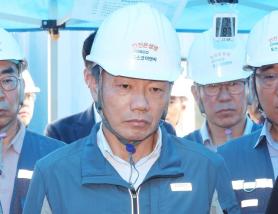
On December 27, the labor ministry and family ministry jointly released the first edition of an annual report about the economic activities of women and ways to prevent female workers from having their careers interrupted by giving birth, and said that the average hourly wage of female workers, regular workers and part-time workers combined, in 2021 was 18,113 won ($13.9), while male workers received an average wage of 25,886 won per hour.
The hourly wage gap between female and male workers has continuously been narrowed for the last decade, reaching 64.8 percent in 2012, 65.9 percent in 2017, and 69.8 percent in 2021. The average monthly wage of female workers increased by about 47.8 percent from 1,815,000 won in 2012 to 2,683,000 won in 2022. During the same period, the average monthly wage for male workers increased by 38.7 percent from 2,974,000 won to 4,127,000 won.
As of 2020, the gender pay gap between regular and part-time workers was 71.3 percent and 73.3 percent, respectively. The gender employment rate gap also eased from 22.5 percentage points in 2012 to 18.6 percentage points last year. This is attributed to the steady increase in the female employment rate, which rose from 48.6 percent in 2012 to 52.9 percent last year, except for the COVID-19 pandemic period (2020~2021).
The 'M-curve' phenomenon, where the employment rate sharply declines for women entering childbirth and childcare years, has also eased. The employment rate of women aged between 30 and 34, typically affected by career interruptions, increased from 54.9 percent in 2012 to 68.5 percent in 2020. In the same period, the employment rate for women aged between 35 and 39 also rose from 54.3 percent in 2012 to 60.5 percent last year.
Copyright ⓒ Aju Press All rights reserved.




